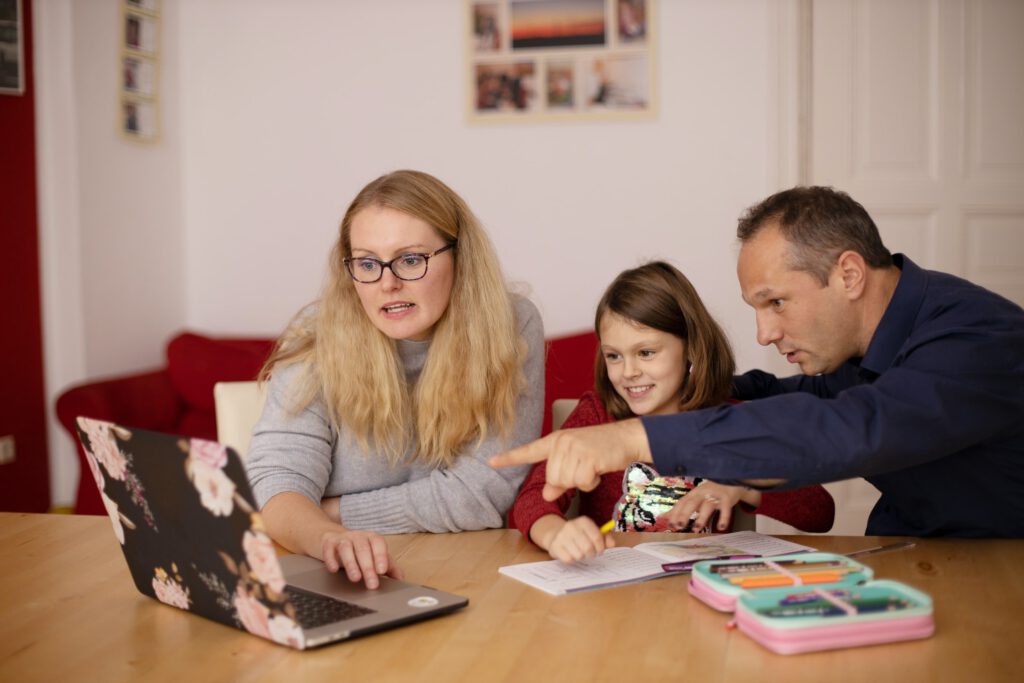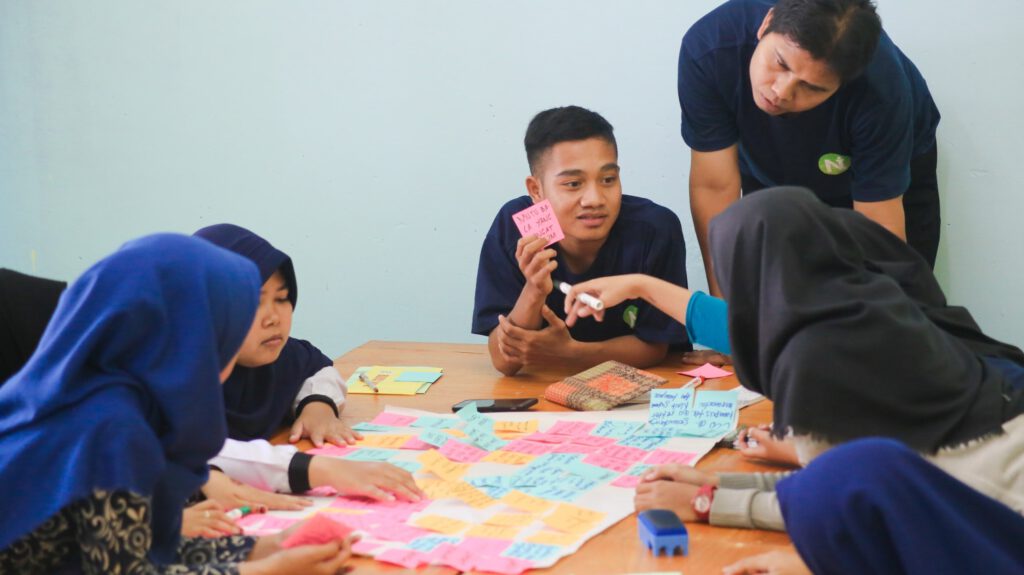Connection and Community in Online Learning
Teachers have struggled over the last two years with the toggle between in-person classrooms and virtual learning environments. Some teachers have even found that they are teaching in an entirely virtual setting, learning a new skill set as they go. When the pandemic came I found that my business, the largest entertainment company in my county, disappeared overnight. My friend Michelle Morningstar was an online teacher who was using the educational platform Outschool to teach English online. She invited me to join the site to give it a try. I found that I had a natural calling to be a teacher and a storyteller. In the past two years, I have worked with almost 3,000 students from diverse backgrounds who have consistently provided 5-star reviews.
While connecting with students and families online may seem daunting, it doesn’t have to be. Let’s look at ways to build positive and productive connections in online learning. I have leveraged the following strategies over the past two years to become one of the top-rated teachers on Outschool in addition to having success wherever I may teach online.
Partner with Students Online
In the online learning environment, there is no back of the classroom. No student should feel invisible in an online classroom. Teachers see everything that happens in the virtual classroom; moreover, all students have equal opportunity to share and be seen. Creating a sense of community, friendship, and a positive online classroom environment takes thoughtful planning. It is entirely possible to effectively teach, build community, and foster students’ social and emotional needs while online.
A Culture of Visibility
As students enter the virtual classroom, teachers should greet every student by name and schedule the first five minutes as a time for students to share about anything important to them. This is an important time to jot notes about students and keep them handy for each class. This data helps to create a culture of visibility such that all students feel seen and heard. During the first few weeks, establish and review rules, norms, expectations, and also the class objectives. A rule that I include in my classroom is that students respect and support each other. Consider prompting students to provide input and feedback on the classroom norms, discussing why they think those rules exist.
Educational Technology for Engagement
Ensure lesson plans are interactive and thoughtfully designed to engage students by providing opportunities for response and feedback every three to four minutes. This gives a chance to check for understanding and to let students be part of their educational process. Create online games or project-based challenges to supplement and reinforce target content and skills. Videos are another resource that promotes student engagement through small-group discussions and reflections on what they notice within short videos you show during class. Teachers must know how to manage the online classroom and use technology. Within the context of a synchronous virtual lesson, consider the following: If a student is behaving inappropriately, l send a written private chat warning first followed by a verbal warning. If neither of these work, I may place the student in a separate virtual room in order to have a one-on-one discussion before returning to class. Knowing how to use the educational technology used in the online learning environment along with all of the associated tools can make a difference in the effectiveness of teaching and learning.
Positive Classroom Climate
Teachers must strive to create a positive and uplifting classroom culture of learning. Praise students for their efforts, even if they answer incorrectly: “I can see how you might think that. That’s a really cool way to look at it. I wonder if anyone else has an idea they’d like to share?” This feedback encourages everyone to participate because no one is being embarrassed if they are incorrect. Let others answer, as well, and then provide the correct answer and explain why. I praise correct and incorrect answers in the same exact way. As a result, my students with disabilities love to participate because their voices are welcome. Come to class with a smile and plan for a great, interactive class. Students will want to be in your classes when they feel seen, heard, and respected.
Partner with Guardians and Caregivers
Teachers regularly receive communication from students’ families to ask questions, seek support, or share concerns. In my work as an online teacher, I am always grateful each time a caregiver writes me an email because this gives me an opportunity to connect and work through any issues I might be having with a student. Teachers must see family and caregiver communication as a means to obtain important data, insight, and guidance about students while building relationships of trust and understanding.
Open Communication
Communicate with caregivers consistently, clearly, and in a timely manner. Email all guardians at least once at the beginning of the school year. Share positive feedback about their student’s learning and growth and invite them to reach out anytime they are concerned. This builds a positive relationship should the need for a difficult conversation ever arise. When communicating with caregivers, acknowledge that they are the expert when it comes to their child and ask them what has worked in the past, what hasn’t worked, and what their recommendations are. When communicating a concern, teachers must be proactive and collaborative in their problem solving. When I encounter challenges in the classroom, I communicate with caregivers in the following way: “I wanted to let you know that I tried (specific strategy) and this happened… What do you think about us trying (specific strategy) instead? Do you have any feedback or ideas?” In this way, I have built positive relationships with the caregivers of all my students, and show that we are partners in their child’s education.
Transparency
Teachers must work hard to form a team with students and caregivers. When there is consistent, clear, and well documented communication, there is little room for confusion or lack of understanding. Caregivers will have a better context through which to understand student growth and progress, particularly when students share about their work in the classroom at home. Caregivers learn to trust teachers when they believe everyone is on the same page. This is particularly important when students share a complaint, concern, or other negative emotion about school. Rather than assume the worst, caregivers may feel comfortable and safe reaching out for clarification and support in these difficult situations.
I am a candidate in Moreland University’s Master’s in Education program while earning my teaching credential at the same time through the TEACH-NOW Teacher Preparation Certificate Program. As I complete my coursework with Moreland while continuing to teach online, I am reminded that teachers must tap into the joy they have that brought them to the classroom as they seek to connect with students and families. Remember: We have the chance to share our passion with students and families as we seek to build relationships of trust and understanding.
Nicole Pauling
Candidate, TEACH-NOW Program and Master’s Degree in Education



